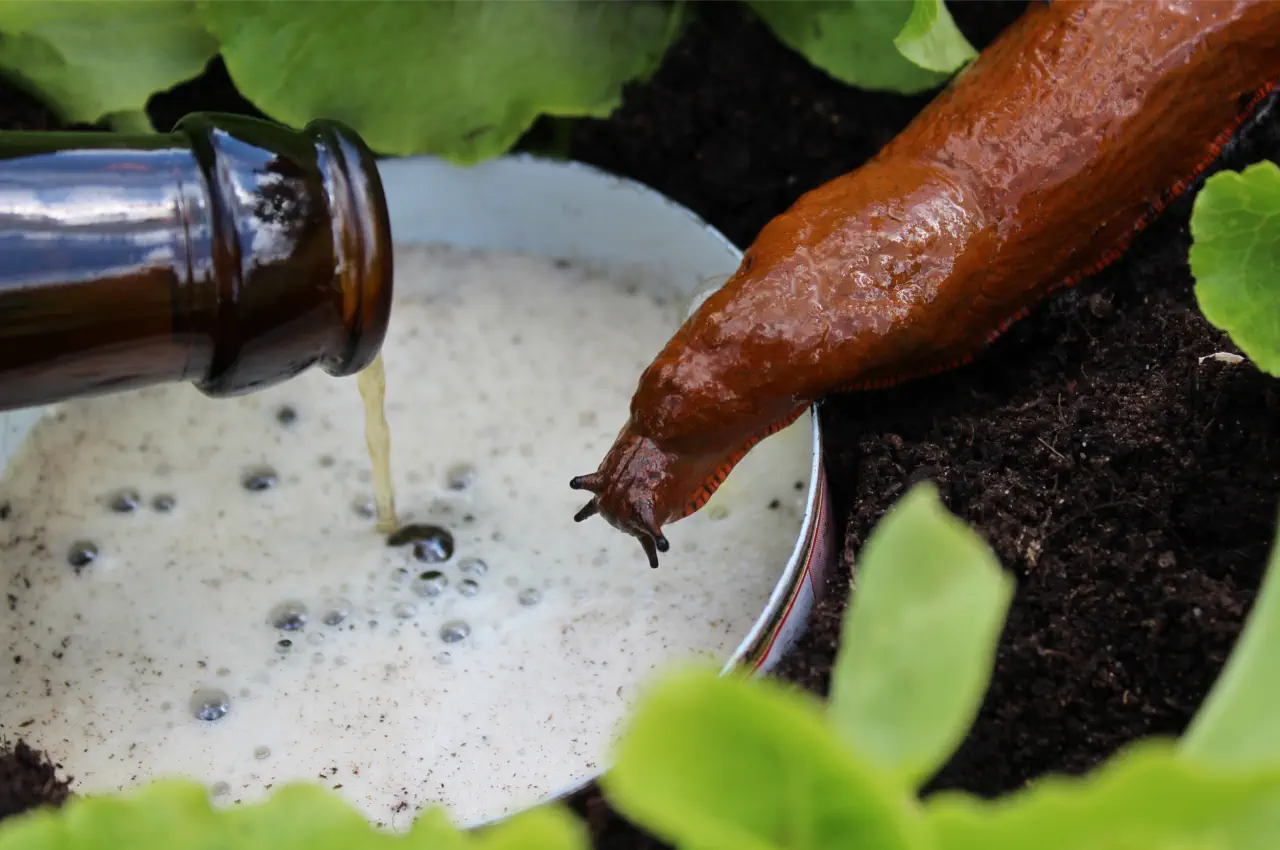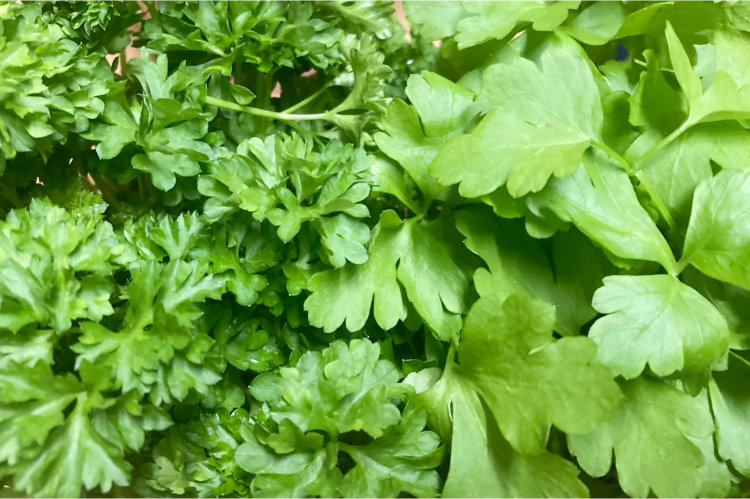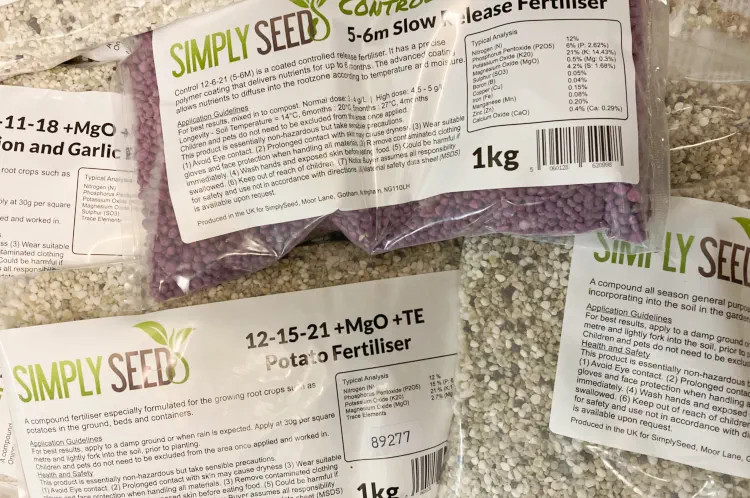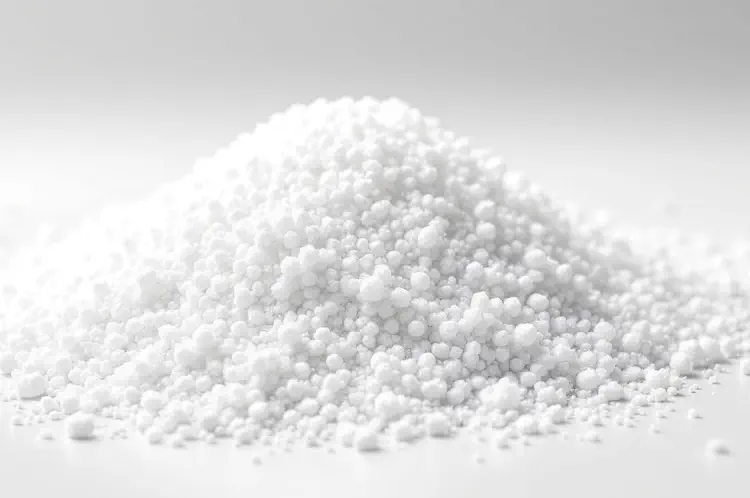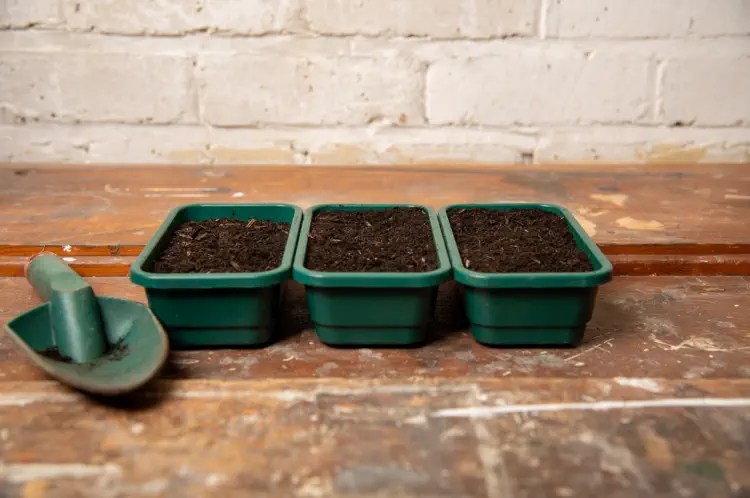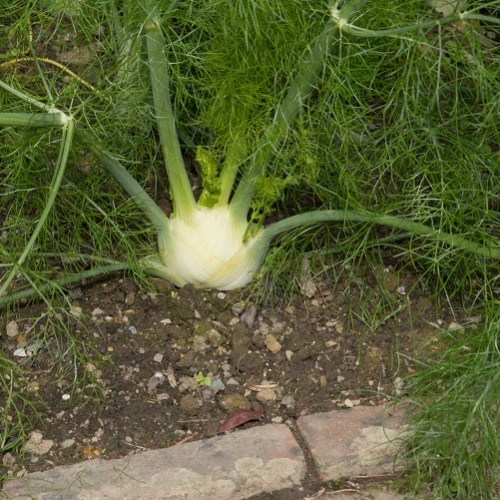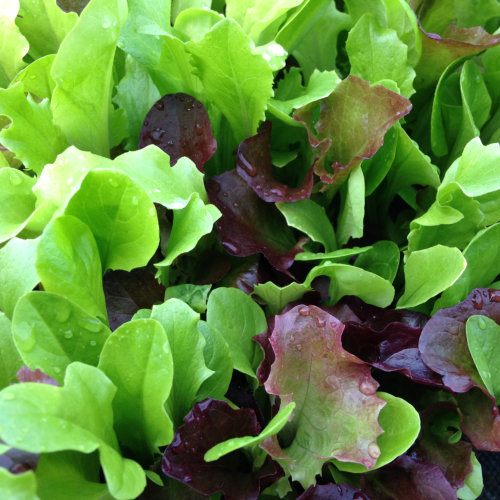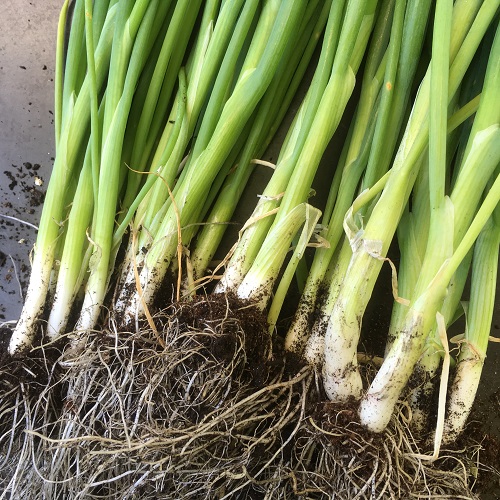Slugs are an absolute menace in the garden, eating just about everything in sight, especially during the wet and warm months of spring and early summer. They will find their way into your outdoor pot plants and containers, stripping the leaves and flowers from your bedding plants, leaving only bare stems in their wake. They will ravage your runner beans as soon as they appear above ground and make short work of your brassicas, lettuce, pumpkins and pepper plants. They will even nibble away at your radishes, carrots and peas. Virtually no young and tender plants are safe from slugs and their shell-dwelling cousins.
A safe method of pest control
If you are serious about growing your own fruit, vegetables and summer bedding then the slug is your number on enemy. So how can you fight back? Well, if there’s one thing that slugs like even more than plant leaves, it’s beer. Slugs are driven towards beer like their lives depended on it, which is fortunate for gardeners who don’t like using any form of chemicals around the garden. For example, slug pellets. Slug pellets are very effective but dead slugs are easy pickings for birds who then eat the slugs and perish or become seriously ill due to the poison content.
Field test results show that lager has the edge
Beer is proven to be both effective and safe for the control of slugs but will any beer do? Well, it seems that slugs don’t really have any particular favourite tipples, despite what was generally thought previously. In 2019, an experiment organised by the horticultural charity, Garden Organic, showed that slugs like both beer and lager, regardless of brand. In fact, lager just pipped beer in the preference stakes, with lager traps catching an average 6 slugs per trap over a 3-4 day period, against 5 for beer. The alcohol content of the beers and lagers used in the experiment made no difference either, so cheap lager actually works out more cost-effective than any chemical options.
The cheaper the better
The cheaper lagers seem to have a higher level of yeast content, which gives off a strong aroma and it’s this that proves to be overwhelmingly irresistible to the slugs. It’s thought that the smell of yeast in beer and lager is similar to the smell of rotting vegetation and fermenting fruit, which slugs absolutely love. It’s not clear whether dark beers such as stouts were used in the experiments but for the time being at least, lager leads the fight against the slippery slug. What was clear from the tests though, is that water has virtually no effect in attracting slugs even in the driest of conditions.
How to make a simple beer trap
Beer traps are simple to make and absolutely any type of container will do the job. You just need to ensure that the lip or edge of the containers are at least 2cm-3cm above ground so you don’t endanger any beneficial ground dwelling insects. You will need to fill the containers with around 5cm-7cm of beer. It doesn’t matter if the beer is fresh from the can or bottle or even stale or flat. Place several beer traps around the garden and especially in areas where you want to protect precious plants such as strawberries, beans, lettuce and bedding plants etc. Check the traps every day and remove the dead slugs. Repeat the process as necessary.
Alternatives To Beer For Slug Traps
All gardeners will agree that slugs and snails can be a major problem in the garden, especially in the vegetable garden. You need to be particularly vigilante during spring and early summer, when young vegetable seedlings are most vulnerable to attack. Over the years there have been a number of new control methods introduced but the old fashioned, homemade beer trap still takes some beating. Those that prefer to use chemicals, such as slug pellets, might want to consider the impact on wildlife, especially birds, hedgehogs and amphibians such as toads and newts, who will unwittingly eat slugs that have been poisoned.
Slugs love yeast
Other than beer traps, several different methods have also proved effective as deterrents, such as crushed eggshells, coffee grounds, wood ash, coarse sand, copper tape and nematodes. However the humble beer trap is probably one of the cheapest and most effective control methods of all time. Slugs absolutely love the smell of beer and will be more than willing to climb into a container of the stuff and happily drown. In fact, it’s actually the smell of the yeast that has the desired effect, so you don’t really need beer, you just need yeast.
Creating a yeast trap
Some might say that beer traps are a waste of perfectly good beer so here’s how to make your own highly effective slug traps without using beer. For this you can use any type of containers from jam jars to old butter or margarine tubs, yoghurt pots and even disposable plastic cups. You will need some water, sugar, flour and dried yeast. To make up the solution, start with a cup of cold water and add one teaspoon of sugar. Then add one teaspoon of plain flour and half a teaspoon of dried yeast. Mix thoroughly and then pour the mixture into your container before placing at a strategic position in the garden. Repeat the process.
Love it or hate it, Marmite works wonders
Some gardeners prefer to use containers with a sealable lid, cutting slits in the plastic container about half down for the slugs to climb in. You may need to experiment to see what works best for you. You can also try using just water and yeast or water sugar and yeast. Another type of slug trap involves using other ingredients instead of yeast. For example, Marmite is basically all yeast so a diluted solution of Marmite and water will do the trick. With all slug traps that contain liquid, ensure that the rim or edge of the container is around 2cm-3cm above ground level so you don’t end up catching any garden-friendly ground beetles.
Entice slugs with their favourite veggies
An alternative to beer and yeast solutions is to create traps containing some of the slug’s favourite foods. If you don’t like killing slugs then here are some ideas for creating live traps. Place lettuce leaves inside a container with a tight-fitting lid. Cut a hole in the top of the lid and slugs will find a way in. You could also place lettuce leaves, or other salad leaves, beneath a terracotta pot. Instead of lettuce leaves you can also use rhubarb, cucumber slices, old tomatoes, potato peelings, cabbage leaves, chopped carrots or watermelon.
Disposing of slugs both dead and alive
Some gardeners swear by bran and oatmeal for slug traps. While others have successfully used milk, so it might be a good idea to try a few different methods to see what works best. Check the traps each day, collect the live slugs and move them to a new location. Put any dead slugs on the compost heap or leave them out for the birds. Never leave slugs lying around the garden if they have been killed with slug pellets containing metaldehyde or any similar poison. It’s unlikely that you will ever eradicate slugs from your garden completely, so best not become too complacent.
Other considerations
Another live trap option is to lay down some black polythene over wet soil. The slugs will slide in before sunrise and stay there until it gets dark. Alternatives to black polythene include old foam backed carpet or carpet tiles, wooden boards, roof tiles, cardboard, newspaper and flag stones. These methods may not be as effective as the beer trap but will attract some culprits and over time you should get the upper hand. If you would rather opt for a more professional approach then you can purchase designer slug traps, readymade for the job.
A final thought
All of the methods mentioned will work to varying degrees of success but what you should be aware of is the possibility of attracting more slugs into your garden. Beer for example works so well that it could draw slugs in from far and wide so you might want to consider using alternative control methods in conjunction with beer traps.
What have you found works best in slug traps? Leave a comment below and let everyone know....
All blog content on this page is copyright of SimplySeed and is not to be reproduced without prior written permission. ©

